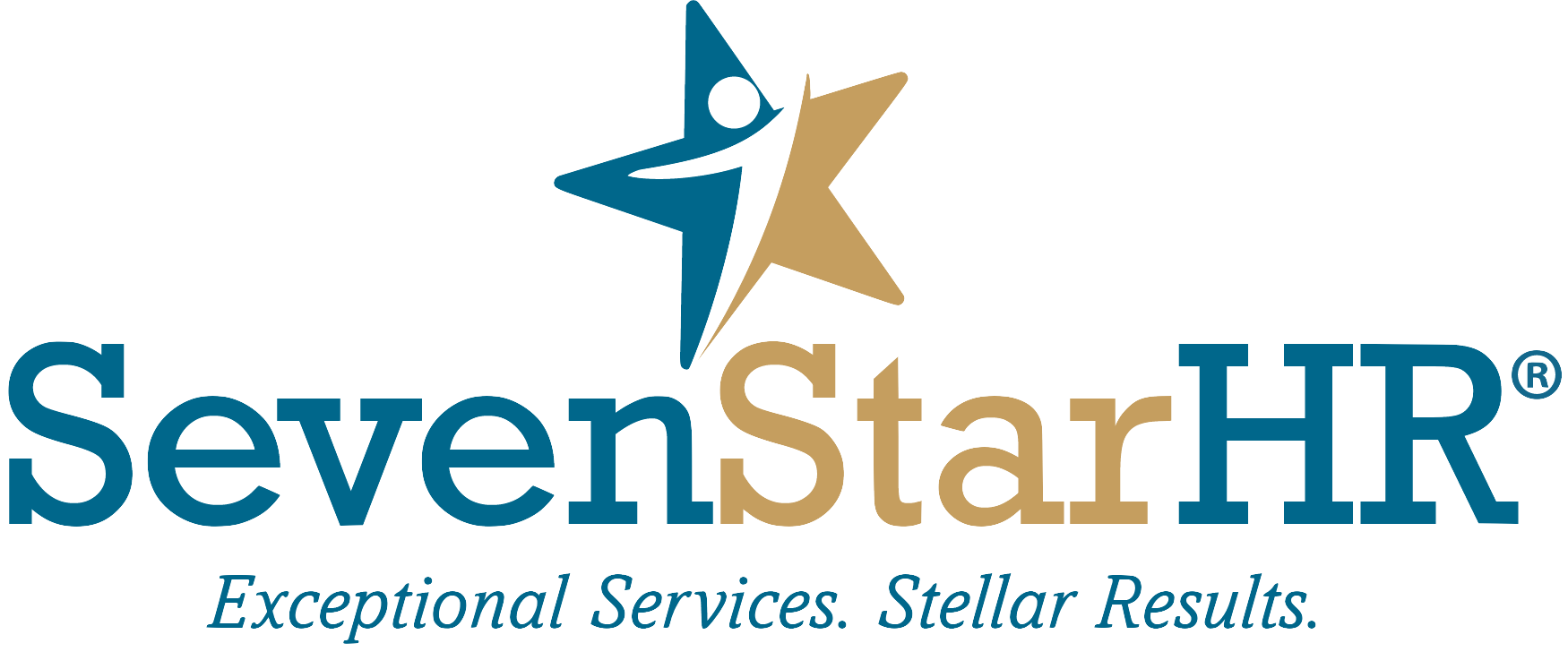What Employers Need to Know About "No Tax on Overtime"
Alongside the tip provision, the One Big Beautiful Bill Act introduced another tax change: a new deduction of up to $12,500 for “qualified overtime compensation.” For joint filers, that number doubles to $25,000.
But not all overtime counts. Only overtime that’s required under section 7 of the Fair Labor Standards Act (FLSA) qualifies. That means time-and-a-half for hours worked beyond 40 in a week. Extra pay from union contracts, company policies, or state rules — like California’s daily overtime law — won’t count toward the deduction.
The deduction is retroactive, and starts for overtime received in 2025. It will terminate for tax years after 2028.
The deduction also only applies to the portion of pay that exceeds an employee’s regular rate. So employers must now keep detailed records of how much of each overtime payment qualifies — and report that separately on employee W-2s.
Key considerations:
You’ll need to distinguish between FLSA-required overtime and other premiums.
The deduction phases out for high earners, starting at $150,000 for individuals or $300,000 for joint filers.
For 2025, employers can use “reasonable approximations” on W-2s, but expect tighter rules going forward.
Don’t assume you can restructure pay to push more wages into the “overtime” bucket. The IRS is watching for schemes that artificially lower base pay or record fake hours to maximize the deduction.

